Nag Champa – Plumeria Pudica
Nag Champa, scientifically named Plumeria Pudica, commonly known as “Fiddle Leaf Plumeria” or “Bridal Bouquet,” is a species of flowering plant native to Central America and the Caribbean. Nag Champa is a popular incense fragrance known for its distinctive and captivating aroma. While Nag Champa typically refers to a specific incense blend, Plumeria Pudica is a flower with a similar fragrance profile. It belongs to the same family (Apocynaceae) as the Plumeria genus, which includes the fragrant flower varieties used in Nag Champa.
Origins of Nag Champa:
Nag Champa incense originated in India and is closely associated with Hindu and Buddhist traditions. It has been used for centuries in religious ceremonies, meditation practices, and creating a calming and peaceful atmosphere.
Appearance:
Plumeria plants are small to medium-sized deciduous trees or shrubs. They have thick, succulent stems and large, leathery leaves arranged in a spiral pattern. The leaves can be green or variegated, depending on the variety. Plumeria flowers are the main attraction, with their striking colours and alluring fragrance. The flowers have five petals and typically bloom in clusters at the end of branches. They come in various colours, including white, yellow, pink, orange, red, and combinations.
Fragrance Profile:
Nag Champa has a complex and rich aroma that combines floral, woody, and slightly musky notes. The scent is often described as sweet, earthy, and enchanting. It is known for its ability to create a tranquil and spiritual ambience.
Ingredients:
The traditional Nag Champa incense blend is made from a combination of natural ingredients, including:
– Sandalwood: Provides a warm and woody base note.
– Frangipani or Plumeria: Adds a sweet and floral fragrance.
– Halmaddi: A resin extracted from the Ailanthus Malabarica tree, which acts as a binder.
– Other aromatic botanicals: Various herbs, flowers, and spices may be included to enhance the complexity of the scent.
Cultural Significance:
Nag Champa holds great cultural and spiritual significance, particularly in Indian and Southeast Asian traditions. It is commonly used during religious ceremonies, yoga practices, and meditation sessions. The fragrance is believed to purify the environment, evoke a sense of spirituality, and promote relaxation and mental clarity.
Uses:
Here are some common uses of Nag Champa:
– Meditation and Yoga: Burning Nag Champa incense is believed to create a serene and focused atmosphere, aiding meditation and yoga practices.
– Spiritual Rituals: Nag Champa is often used in religious ceremonies and rituals to purify the space and enhance spiritual connections.
– Aromatherapy: The fragrance of Nag Champa is used in aromatherapy to promote relaxation, relieve stress, and uplift the mood.
– Home Fragrance: Nag Champa incense sticks or cones can be burned to create a pleasant and soothing fragrance in your home.
Availability:
You can find Nag Champa incense and products in various forms, such as incense sticks, cones, oils, candles, and soaps. They are available in speciality stores, online retailers, and supermarkets.
Remember to follow safety precautions when using incense and ensure proper ventilation in the area where it is burned.
With its captivating aroma and cultural significance, Nag Champa has gained popularity worldwide as a cherished fragrance for relaxation, meditation, and spiritual practices. Whether seeking tranquillity, a connection to tradition, or an enchanting scent, Nag Champa and Plumeria Pudica can offer a delightful and uplifting experience.
Things to know about Nag Champa
Common (vernacular) Name
विंका (Hindi), Vinca, Sadabahar, Madagascar Periwinkle, Catharanthus Roseus, Nityakalyani, Bara Massi, Bright Eyes, Cape periwinkle, Graveyard Plant, Old maid, Pink Periwinkle, Rose Periwinkle, and many more.
Botanical Name
Catharanthus roseus
Origin
Island of Madagascar
Family
Apocynaceae
Plant Type
Tropical plant
Plant Features
Ornamental / Evergreen / Exotic
Life Cycle
Perennial
Landscape Uses
Container, Walkways, Ground Cover, Mass Planting and Houseplants.
Species
Apricot Cooler Improved, Aztec Pink Magic, Blue Pearl, Cascade Beauty White, Cooler Icy Pink, Cooler Orchid, Cooler Peppermint, Cora Burgundy, Cora Cascade Cherry, Cora Cascade Strawberry, Cora Red, Experimental Dee, Jams and Jellies, Mediterranean Lilac, Mediterranean XP Cherry Halo, Mediterranean XP Rose Halo, Nirvana Pink Blush, Nirvana Red, Nirvana Sky Blue, Nirvana Violet, Pacifica White, Sunshower Lilac, Titian Icy Pink
Varieties
It comes with more than 30 varieties in various leaf and flower colourations.
Size
Height : 1 to 1.5 feet tall and Width : 1 foot wide when mature.
Indoors or Outdoors
Outdoors : Anthurium can be used outdoors in shady plantings; avoid direct sunlight.
Indoors : Excellent plant growth in bright light or indirect light. Best indoor plants for beginners.
Blooming / Flowering
The blooming period is throughout the year.
Flower Colour
It’s come in Pink, White, Purple, Red and Multicoloured.
Lucky Plant
According to Feng Shui, It brings Good Luck in your relationships.
Lighting / Sun Exposure
Bright Indirect Sunlight.
Temperature
Grow best in warm temperatures above 21°C and tolerate max temp. as high as 32°C.
Growth Rate
Anthurium is a slow to moderate grower plant.
Watering
Moderate watering, Mist or overhead sprinkler to provide water and to improve relative humidity. Do not tolerate overwatering, It can cause root damage and leaf yellowing.
Fertilizer
Applying slow-release fertilizer or a water-soluble liquid fertilizer once or twice during the growing season (from spring to summer) is recommended.
i.e., - Cow dung, DAP, Compost, NPK 30-10-10 fertilizer, liquid organic fertilizer etc.
Pruning
Pruning of Anthurium, little is needed. However, trimming away only discoloured or dead leaves.
Propagation
Seeds : The best time to sow your Anthurium seeds is at the end of Winter / early Spring, but it can't give good results.
Stem Cuttings : The easier propagation methods of Anthurium in water or soil via stem cuttings can be done during the warm growing season.
Division : The division of Anthurium can be done in the Rainy season or, better, from February to March.
Dormancy Period
Month : November to February (winter season)
Shed their leaves and show poor growth, Watering minimally.
Avoid : Propagate, Fertilize and Repotting.
Container
Ceramic Pot, Plastic Pot, Terracotta or Clay Pot is preferred, which ensures good drainage and water holding capacity.
Soil Type
A well-drained Loam / Coarse potting soil and water-holding capacity are recommended. Prevent soggy potting medium.
Our recommendation for the potting mix: Equal part mixture of Garden Soil (25%) + Compost (25%) + River Sand (25%) + Cocopeat (25%). You can substitute pieces of Charcoal, Vermicompost, Perlite etc.
Soil pH
Lightly Acidic soil - Ideally, 5.5 to 6.5 pH (potential of hydrogen) is recommended for Anthurium.
Repotting
It is advisable to repot the Anthurium every year or two, preferably during the spring to midsummer season.
Maintenance
Low maintenance and easy to grow.
Properties
The plant poses toxicity risks to both humans and pets if ingested.
Benefits
Excellent indoor air purifier, Anthurium plants turn CO2 into oxygen. It purifies indoor air by removing harmful chemicals like ammonia, toluene, xylene and formaldehyde.
Special Features
It does not attract hummingbirds and pollinators in the same way it does butterflies, bees, or wasps.
Infestation / Pests
Aphids, Scale insects, Thrips, Mealybugs, Spider mites, caterpillars etc.
Diseases / Problem
Physiological Problem : Anthracnose, Leaf Spot and Powdery Mildew.
Bacterial Problem : Bacterial Blight, Bacterial Wilt and Black Nose Disease.
Fungal Problems : Root Rot and Water Mold.
In conclusion, Vinca or Sadabahar plants are prized for their beautiful flowers, easy maintenance, and versatility in various garden settings. With their vibrant colours, heat tolerance, and ability to attract pollinators, they can bring joy and visual interest to any garden or landscape.
Some Glimpse of Nag Champa
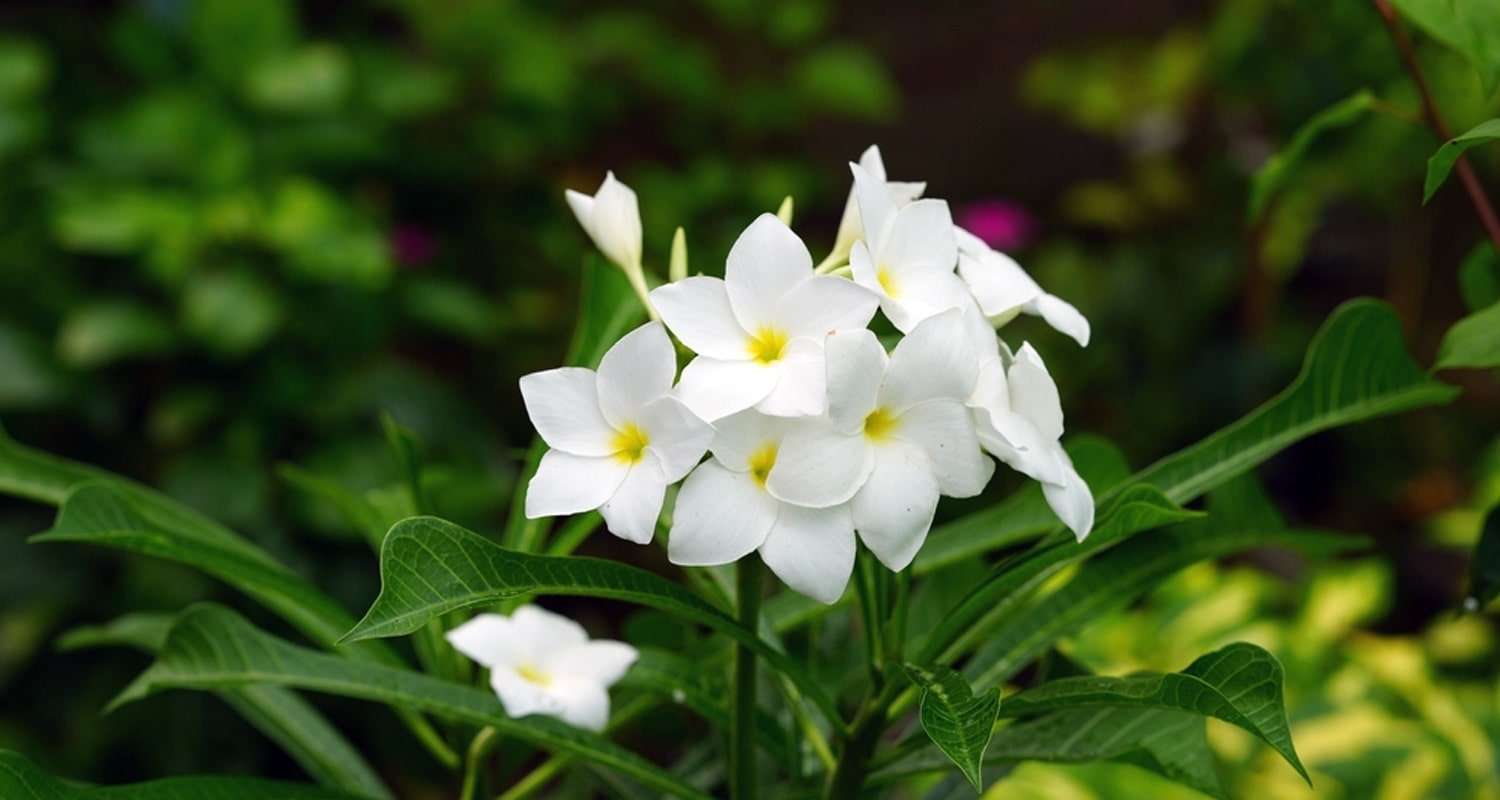
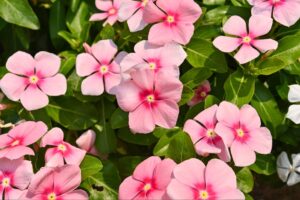
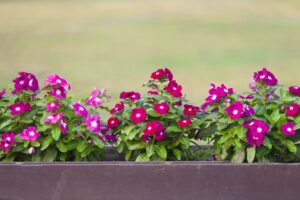
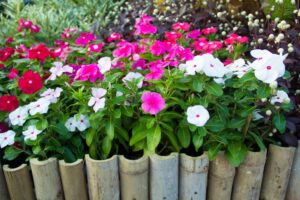
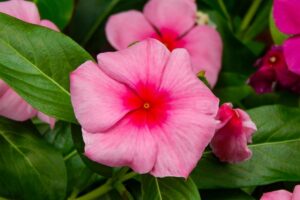
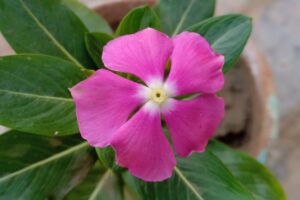
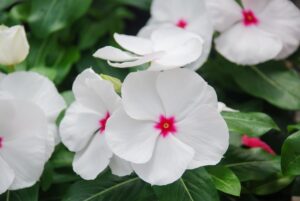

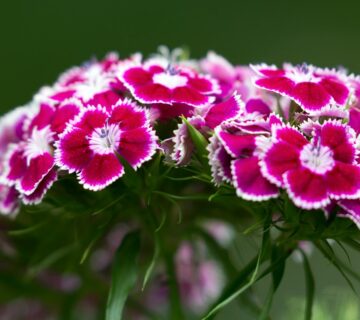
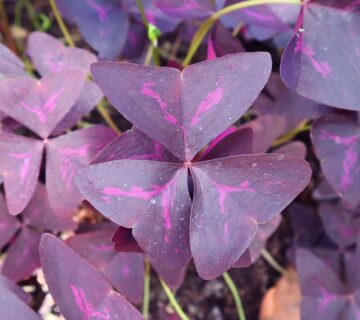

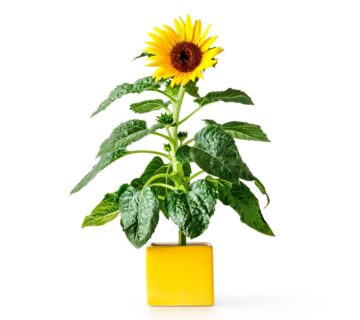
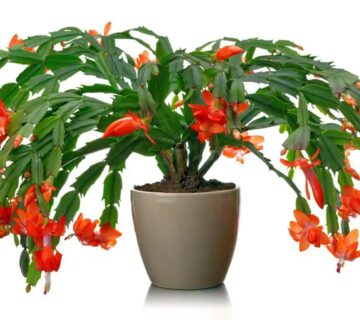
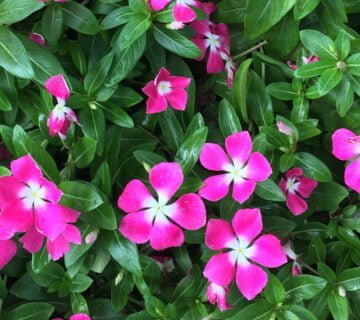

No comment